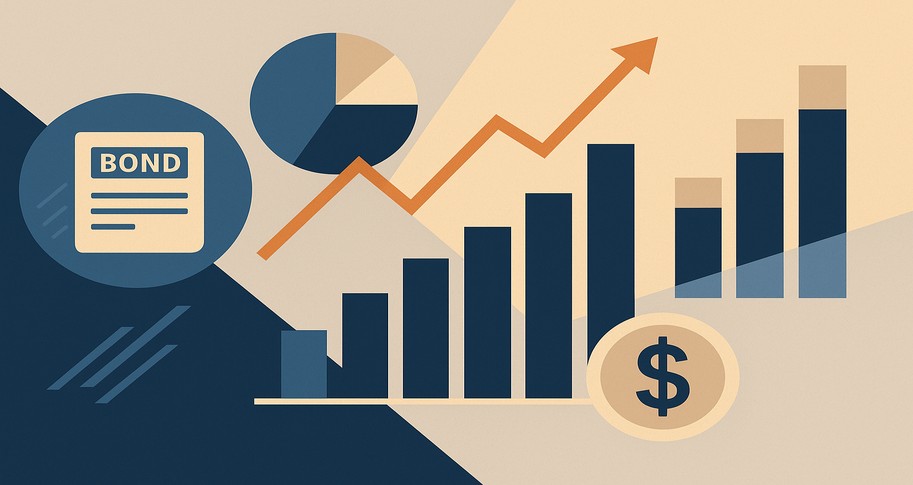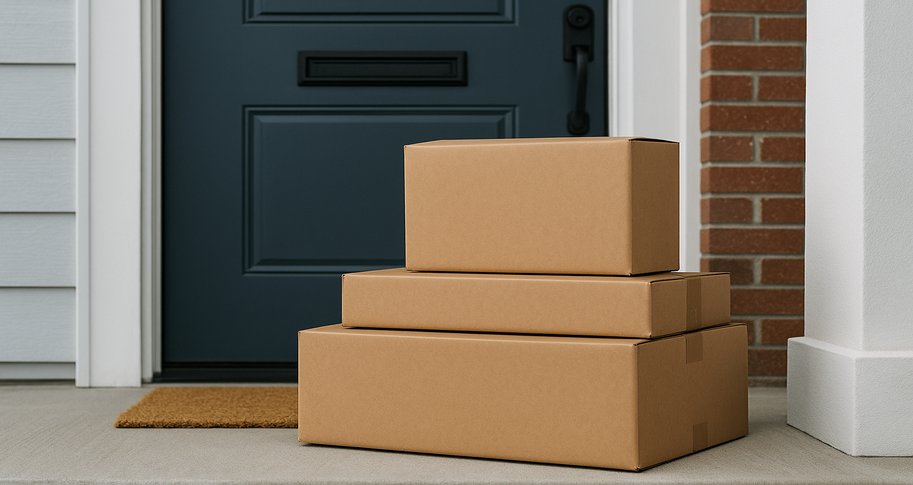
People are buying more goods than ever online, and they often want their orders delivered straight to their home – sometimes within hours. With more efficient and reliable business-to-customer (B2C) options, delivery is increasingly becoming a fixture in our lives, but many of us never stop to consider what it all entails.
One of the most important stages of B2C is last-mile delivery (LMD), the pivotal, final leg in the supply chain. In other words, it’s the stage when that gift you ordered on Amazon gets transported from the distribution center to your address.
You might think that LMD is an easy, small part of the supply chain that brings products to consumers, but believe it or not, in 2021, there were 159 billion last mile deliveries accounting for 30-35% of current network expenses. Because of this, it has become a major concern of retailers, supply chain leaders, delivery drivers, and yes, you and I as customers.
In “Last-Mile Delivery: A Process View, Framework, and Research Agenda,” Walton PhD alum Nicolò Masorgo (Miami University), and Walton College Professors David D. Dobrzykowski and Brian S. Fugate investigate LMD as a three-step process to identify perspectives and key challenges amongst stakeholder activities. Through this research, they develop a framework that analyzes expectations, experiences, strategies, and impacts of stakeholders in each stage of LMD. Their work lays the foundation for the future of LMD research.
Pre-Delivery
When ordering something, especially through a massive e-commerce platform, customers can choose between regular, fast, or carbon footprint-reducing delivery options. Customers can assess several aspects before placing their order, and thus must strategize, plan, and evaluate delivery systems and options.
Two emerging factors that influence a customer’s delivery service selection are: 1) the adoption of new technologies and systems and 2) their learning curve when adapting to these new advancements. However, factors like demographics, expected service quality, sustainability, price and fee incentives, and trust all play a role.
From the retailer and service provider perspective, strategic and operational factors influence their behavior. Strategically, service stakeholders protect and build service resilience and meet customer-desired service attributes by providing factors like alternative delivery modes and AI technologies – meeting customer requests for sustainability and delivery tracking. Operationally, they rely on new technologies and routing planning to coordinate the logistics service, like blockchain and routing planning, creating greater performance, trust, and transparency.
With the emergence of crowd shipping, drivers have become important and independent supply chain actors in the delivery process. Crowd shipping is a delivery method that relies on existing travelers to transport packages, rather than using traditional delivery companies. Drivers choose which deliveries to take based on payment, connection with social circles, customer ratings of their performance, delivery characteristics, and personal motivations.
For delivery companies to attract drivers – and entice customers to their courier options instead of crowd shipping – they should avoid raising shipping fees and encourage drivers to accept tasks through non-monetary incentives, like positive performance ratings and other order characteristics that allow drivers to be more efficient. Additionally, it is crucial that they coordinate all delivery stakeholders to ensure the system aligns with customer needs.
Once stakeholder strategizing and planning is complete in the pre-delivery stage, the next stage is delivery, when the goods are en route.
Delivery
The LMD delivery stage pertains to activities from dispatch to arrival, which includes stakeholder concerns and how they impact delivery. Customers engage in certain activities to minimize delivery issues, from self-collecting packages to practicing perceived autonomy, to crowd shipping. On-time delivery is vital to LMD, especially as customer demand changes. Because of this, retailers and service providers must manage and control specific activities to better ensure time accuracy, reliability, and cost efficiency. Some activities include drop-off sequence, real-time predictors, delivery consolidation, as well as operational and time transparency. Thus, they improve execution and accuracy, reduce failed deliveries, and increase time predictions.
A crucial part of delivery is driver behavior, which retailers and providers oversee, taking note of optimal route changes or deviations, time spent in residential buildings, and unloading (dwell) time. Because these specific behaviors are more prevalent in urban areas and impact post-delivery, the research highlights solutions like optimally located parcel lockers and dynamic booking for parking, as well as knowledge on parking management, street congestion, and (un)authorized parking.
Following this, all that is left is post-delivery – what some might argue is the most rewarding stage. That said, a completed delivery does not eliminate the possibility of problems.
Post-Delivery
Post-delivery is when the final customer receives their package at the chosen destination point. It is also when stakeholders focus on service quality, failures, convenience, and performance.
Customer issues arise once they receive their packages across delivery modes, molding their perception of delivery quality and performance on accuracy, quality, driver interactions, tracking, logistics, and consolidation. These factors impact satisfaction and repurchase behaviors. For instance, poor performance causes dissatisfaction and complaints about the service and platform, whereas good performance leads to positive reviews and repurchasing of products or brands.
For retailers and service providers, supply chain restrictions and consequences have the most effect on post-delivery performance, capacity, and execution. For example, delivery tasks, demand, and driver payment influence crowd shipping performance; algorithms and drop-off sequences influence on-time execution; and interactions with customers impact perceived support. Retailers and service providers should focus on starting point and route transparency, avoiding offering too many delivery options, which decreases perceived firm performance.
Surprisingly, delivery drivers’ post-delivery perspective emerged as a key figure in the entire process. Here’s why: factors like punctuality, time fulfillment, delivery cost, execution, and pre-delivery decisions incentivize their performance rate. On the other hand, external impacts, specifically environmental values and customer outcomes from final-delivery interactions, pose challenges to service success.
Future of the Last Mile
The authors rightly note that “LMD has become a key success factor in online retailing.” By breaking down each stage of LMD, Masorgo, Dobrzykowski, and Fugate allow supply chain professionals, customers, and other researchers to have a fresh perspective on the entire LMD process. Customer expectations impact purchase intentions, while delivery mode choice relies on perceived effort, personal values, and technology acceptance. Retailers and service providers must balance reducing failed deliveries, overseeing driver behavior, and managing tactics to improve time predictions, delivery routes, and diversified options. Attending to these areas will improve customer perceptions and behaviors. Furthermore, the execution of strategic pre-delivery decisions will mean more successful deliveries for drivers.
Ultimately, consumers can have enhanced and individualized delivery experiences, especially as the challenges and strategies are grounded in their preferences, idiosyncrasies, and service attributes. In other words, it all begins and is impacted by why consumers choose certain delivery attributes, whether they be sustainability, fees, time, autonomy, quality, or tracking preferences. Savvy retailers who attend to these choices can expect to build trust and perhaps market share; in turn, consumers who make these choices deliberately and with intentionality can drive operational improvements and experience better service levels.
 Alyssa Riley is a second-year graduate student earning her master’s degree in News
Narrative Journalism. Attending the University of Arkansas as an undergraduate student,
she earned her bachelor’s degree in News Editorial Journalism while working in numerous
writing, editing and social media roles. In addition to writing for Walton Insights,
she has begun a sports media internship with Hogs Plus Content Network and freelances
for Celebrate! Arkansas Magazine. After earning her master's, Alyssa hopes to work
in the magazine industry, specifically covering arts and culture, entertainment and
lifestyle genres.
Alyssa Riley is a second-year graduate student earning her master’s degree in News
Narrative Journalism. Attending the University of Arkansas as an undergraduate student,
she earned her bachelor’s degree in News Editorial Journalism while working in numerous
writing, editing and social media roles. In addition to writing for Walton Insights,
she has begun a sports media internship with Hogs Plus Content Network and freelances
for Celebrate! Arkansas Magazine. After earning her master's, Alyssa hopes to work
in the magazine industry, specifically covering arts and culture, entertainment and
lifestyle genres.





